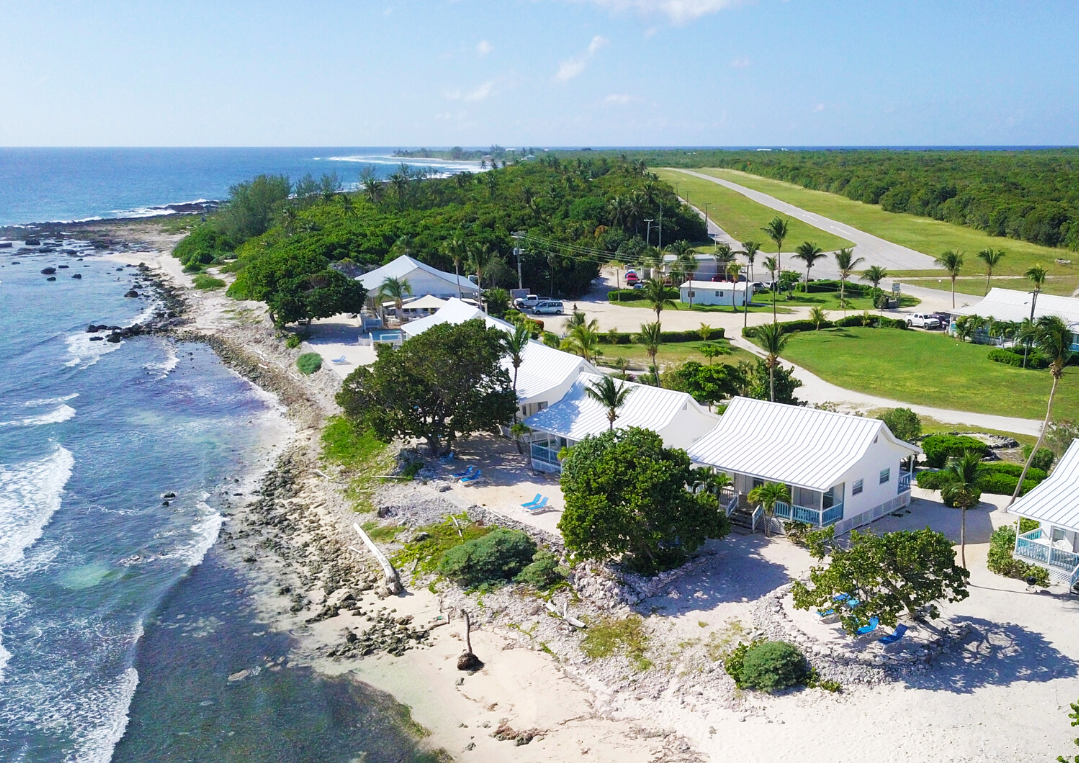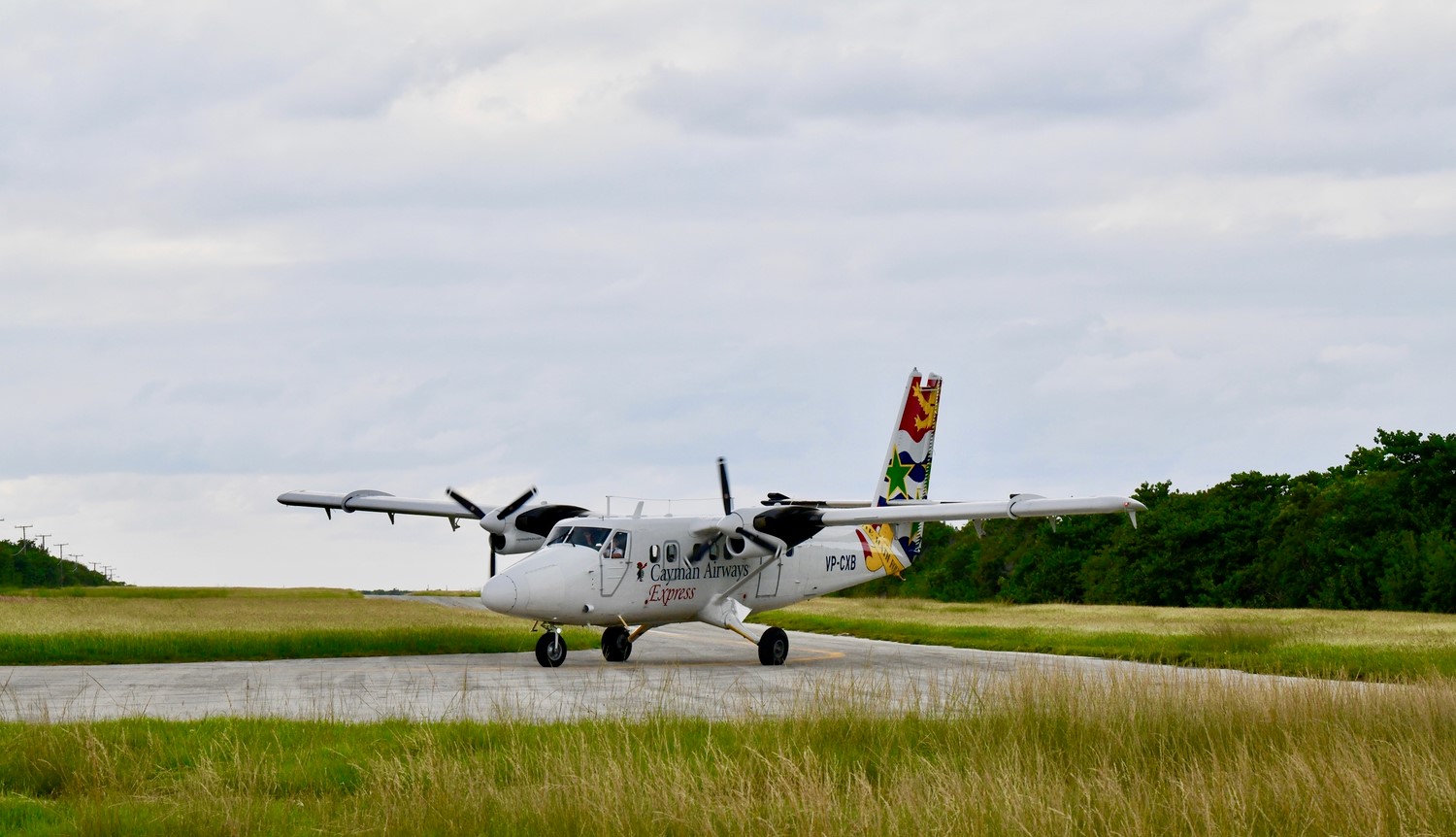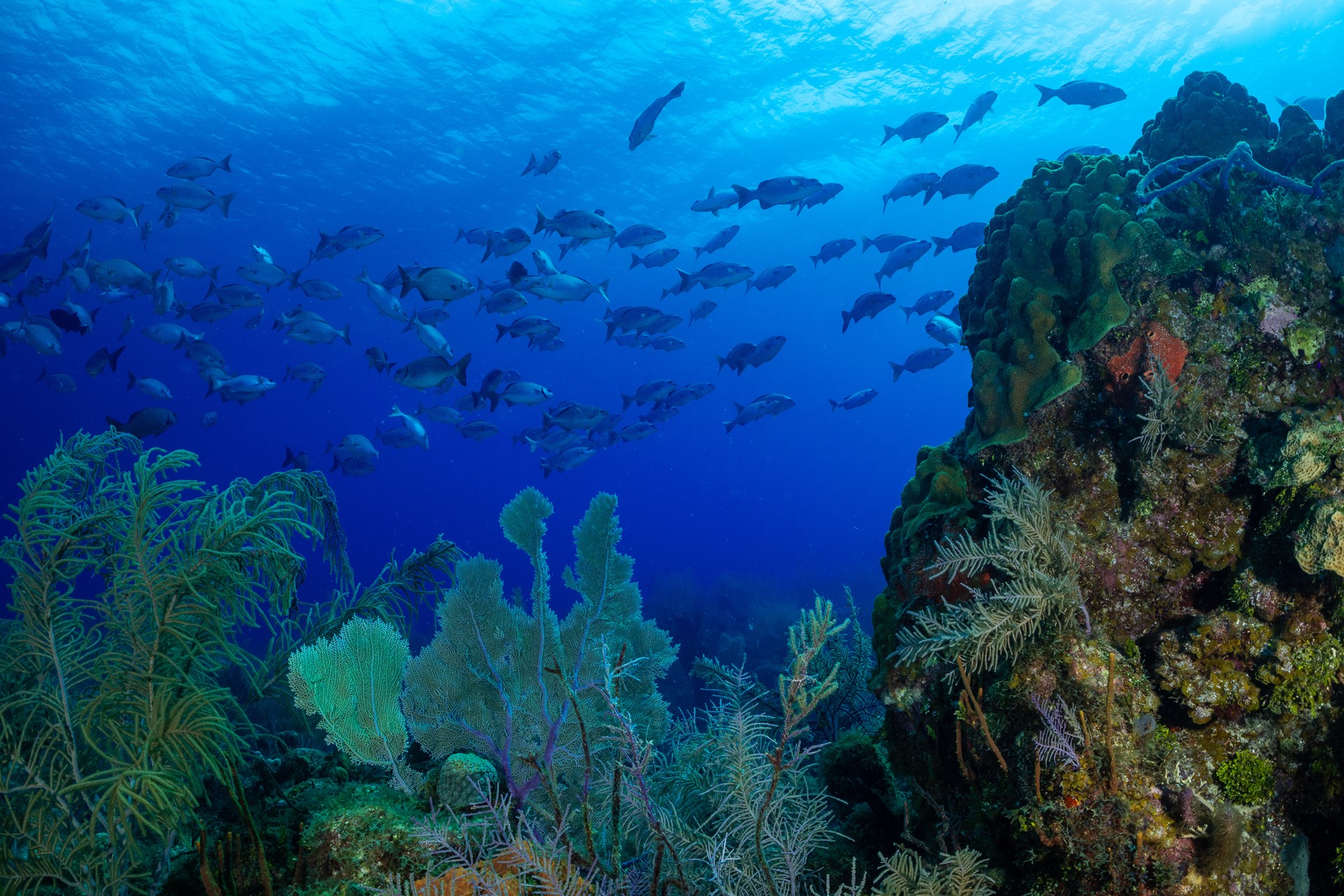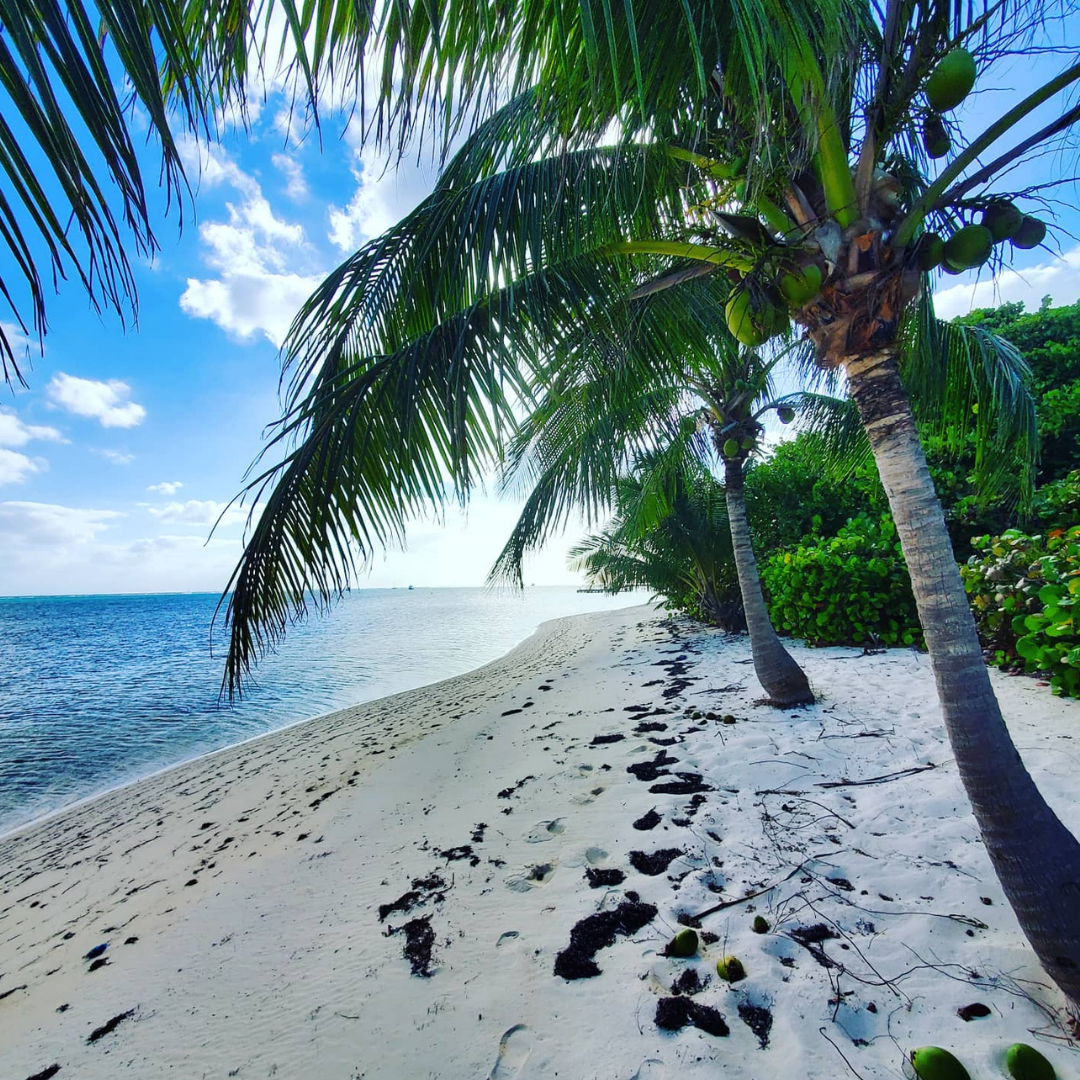
Little Cayman is the smallest of the Cayman Islands and truly lives up to its name, being only 11 square miles in size and having fewer than 200 full-time residents.
This peaceful sanctuary is famous for its environmental beauty, unexploited shorelines, fabulous diving, stunning sunrises and sunsets and, because there is virtually no light pollution, stargazing.
My first visit was in November 2015. I had just arrived in the Cayman Islands to work as a dive shop coordinator on Grand Cayman and I was sent to Little Cayman for training. Travelling and working as a scuba instructor had led me to some exceptional and stunning islands, but none quite as special as Little Cayman. I’ve been enchanted by its beauty and culture ever since and visit at least once annually.
This island is a tropical paradise that time forgot. It has retained its natural beauty and a traditional island vibe prevails. It’s only 70 miles from Grand Cayman, but a world away from its contemporary and bustling big sister.

THE TWIN OTTER
The Little Cayman experience starts even before you land, as part of the fun is flying there. The Cayman Airways Twin Otter propeller plane has only 19 seats and if you get a seat at the front, you can look over the pilot's shoulder through the front window. This is as close to a private plane experience as I’m ever going to get.
As you land on the runway — which was only a grass landing strip fewer than 20 years ago — you’ll notice that the small wooden building you're taxiing toward is actually the airport terminal and you immediately feel like you've gone back in time.
FRIENDLY AND BEAUTIFUL
There aren't many cars on Little Cayman, so there are no traffic issues. Pedestrians and cyclists often wave to the drivers and occupants of passing cars, and the wave is returned.
There is a strong sense of community on Little Cayman and people are welcoming to visitors. The residents will take time to show you their home and talk passionately about protecting the island from overdevelopment, as well as numerous conservation efforts.
The "Little" — as the island is often referred to — way of life revolves around the wildlife, not the other way round. The reason for the low 25 mph speed limit is that many iguanas sunbathe on or alongside the roads.
The National Trust for the Cayman Islands and Central Caribbean Marine Institute have long-standing conservation programmes on the island.
The Booby Pond Nature Reserve, next to which the National Trust operates an information centre, gift shop and observation deck, is a haven for rare species of flora and fauna, including of the biggest sanctuaries of the red-footed booby birds.
The Central Caribbean Marine Institute has a marine research field station based on the island, with a focus on coral resilience and adaptation to a changing climate. The institute's director of advancement, Kate Holden, says Little Cayman was chosen for its home because it has one of the healthiest and best reef systems in the Caribbean.
"We have been monitoring the reefs for over 20 years, studying how corals can thrive for the future."
Holden says the institute supports many education initiatives to ensure local and international engagement with marine sustainability, as this is a key priority.
"People can visit the CCMI for a station tour or enroll in one of the many courses it runs, which encourages people to visit and witness a genuinely beautiful island," she says. "Little Cayman is a rare gem, providing a true insight into how the environment can thrive when humans and nature are in balance with one another.”

DIVING
Little Cayman is just as exceptional below sea level as it is above, and this is one of the main reasons for my frequent visits.
The diving is spectacular, in part due to the isolation of the island, but also because the marine parks ensure the protection of the coral reef ecosystems.
The famous "Bloody Bay Wall" dive site starts at 30 feet in depth and drops 1,000 feet on the seabed. This vertical wall dive will excite divers of all levels and is teeming with marine life on the unspoiled reefs.
Little Cayman should be a bucket-list destination for all avid divers.
ACTIVITIES
For a small island with not many residents, there is a lot to do on Little Cayman for divers and non-divers alike. Paddleboarding and kayaking around Owen Island, just off the southwest coast, is the go-to activity for most visitors. There are no structures or residents on the island, so this is the ultimate Robinson Crusoe experience — just pack a picnic and enjoy the serenity.
Various fishing — from fly fishing in the shallow flats to deep-sea fishing — is available, including catch-and-release only for some species like bonefish and pond tarpon.
History buffs can visit the Little Cayman Museum, which contains a private collection of historical relics aiming to preserve Little Cayman’s heritage. It also provides a home for mini art exhibits curated by the National Museum of the Cayman Islands as well as the Department of Environment’s Rock Iguana project, which is housed behind the main museum building.
STAYING
It’s tempting to do a short visit to Little Cayman, but I would encourage visitors to stay for a little longer to relax, unwind and take time to enjoy the island.
There is a range of accommodation styles on the island to suit all tastes, from small resorts to hotels for dive groups. Airbnb private-style rentals have sprung up in recent years, but my personal choice is Paradise Villas. The 12 traditional wooden cottages all face the ocean, a few feet from the water’s edge. I’ve literally spent hours relaxing in its pool and heated hot tub, reading a book, sipping piña coladas and looking out to the ocean. The staff’s hospitality is warm and welcoming in keeping with the Little Cayman ethos, and they are also very knowledgeable about the island and culture.
Assistant Manager Sabine Hubaux and General Manager Marc Pothier are usually the first people guests meet at Paradise Villas.
“Our repeat guests often describe the villas as a 'home away from home,'" she says. "The peace and tranquillity of the location ensures a restful night's sleep and we aim to offer our guests the unique Little Cayman experience through our hospitality."
Paradise Villas is based in a convenient central location only steps away from the airfield, next to the parade of shops with a grocery and liquor store, and a short walk away from the Booby Pond Nature Reserve and Little Cayman Museum. For those who would prefer to ride, Paradise Villas offers guest bicycles to use at no cost.
EATING & DRINKING
There are only a few dining places to experience on the island, but some great food and flavours to discover. The iconic Hungry Iguana Restaurant, which is located at Paradise Villas, is a favourite among residents and visitors alike, offering local and international cuisines. The resident chef is from India, so curry fans are in for a treat!
Reservations are generally not required — in line with the island vibe — but can be made for special occasions.
Periodic pop-up events are arranged across the island, ranging from BBQs and Caribbean-style street stands to live music and karaoke.

REFLECTION
Little Cayman’s community is working hard to preserve the island and the residents say that the island represents how Grand Cayman was 50 or 60 years ago.
To know the Cayman Islands as a whole, a trip to Little Cayman is an essential. It's a unique destination for those seeking a tranquil experience unlike any other.
This article appears in the April 2022 print edition of Camana Bay Times.